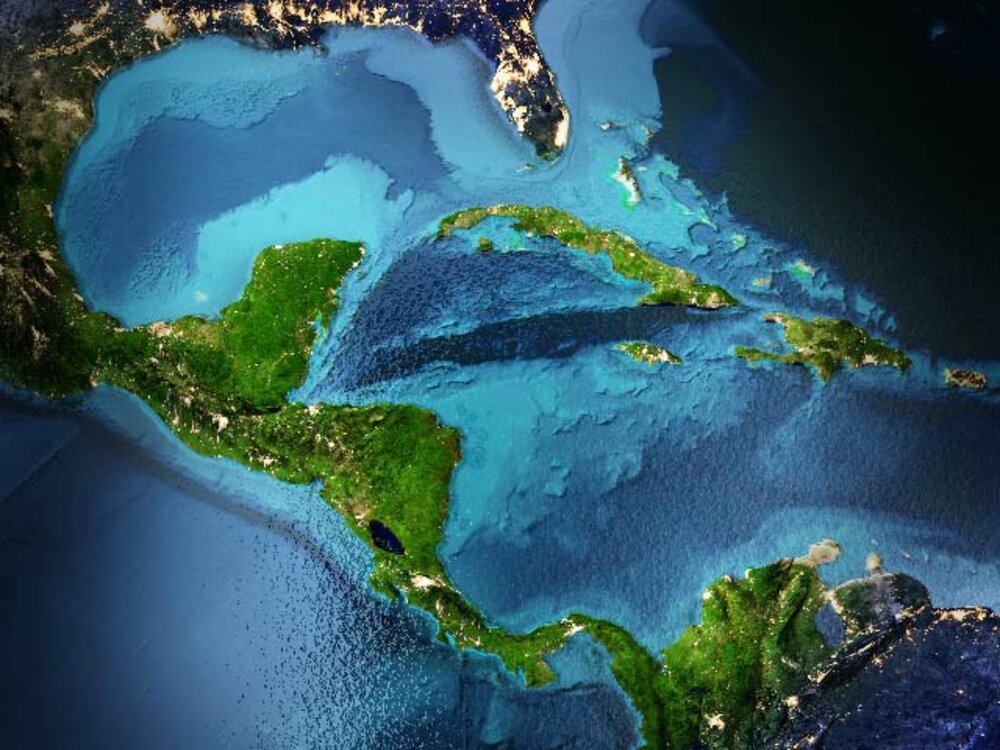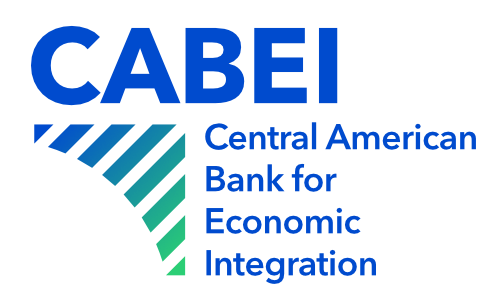Central America commemorates a stronger and more competitive Central American Integration Day

CABEI is the main source of multilateral financing for the development of the countries of the Central American Integration System.
Tegucigalpa, October 14, 2018 (AFP SERVICES/CABEI). Based on its mission, the Central American Bank for Economic Integration (CABEI) guides its role as promoter of economic integration and the economic and social development of its member countries.
The region's strong integrationist trend, which is led by CABEI, seeks to improve competitiveness and achieve trade agreements that generate investment. By commemorating the 67th anniversary of Central American Integration Day on October 14, the nations that compose the Central American Integration System (SICA) consolidate the wellbeing of their inhabitants.
CABEI Executive President Dr. Nick Rischbieth stated that, "At CABEI we are aware that in order to move towards a prosperous and inclusive region, sustainable economic growth is key. Our countries need to have a sustainable, efficient and quality strategic social infrastructure, and we are committed to that. Central America's integration still has many challenges in the globalized and interdependent environment that we currently live in."
Throughout history and in accordance with its business model, CABEI continues to focus its approach towards high-impact regional integration. Some examples include the international network of Mesoamerican highways, the Central American Electrical Interconnection System (SIEPAC), the customs union process, the dry corridor, actions to mitigate the effects of climate change, the regional water and sanitation program and the promotion of micro, small and medium enterprises.
Historical integration
The historic moment was concretized by the foreign ministers of Guatemala, El Salvador, Honduras, Nicaragua and Costa Rica, signing the Letter of San Salvador in October 1951, which gave rise to the Organization of Central American States (ODECA). During the following nine years, ODECA played a very important role for Central Americans to catch up on the yearnings of human solidarity and social and economic development.
The process was consolidated in December 1960, with the founding of CABEI, which during the last 58 years has become the financial arm for regional progress. In December 1991, the presidents of the five nations signed the Tegucigalpa Protocol, which gave life to SICA.
Dr. Rischbieth added that, "CABEI contributes to the SICA agenda for the benefit of Central America through support in such areas including processes of democratic security, institutional strengthening, climate change and economic and social integration."
"Currently, CABEI is the most relevant multilateral organization for the countries of the Central American Integration System. It has a solid equity backed by its members, a broad liquidity base and a rating of A+, on the verge of reaching AA-, which will make it the best risk regarding credit rating in Latin America."








